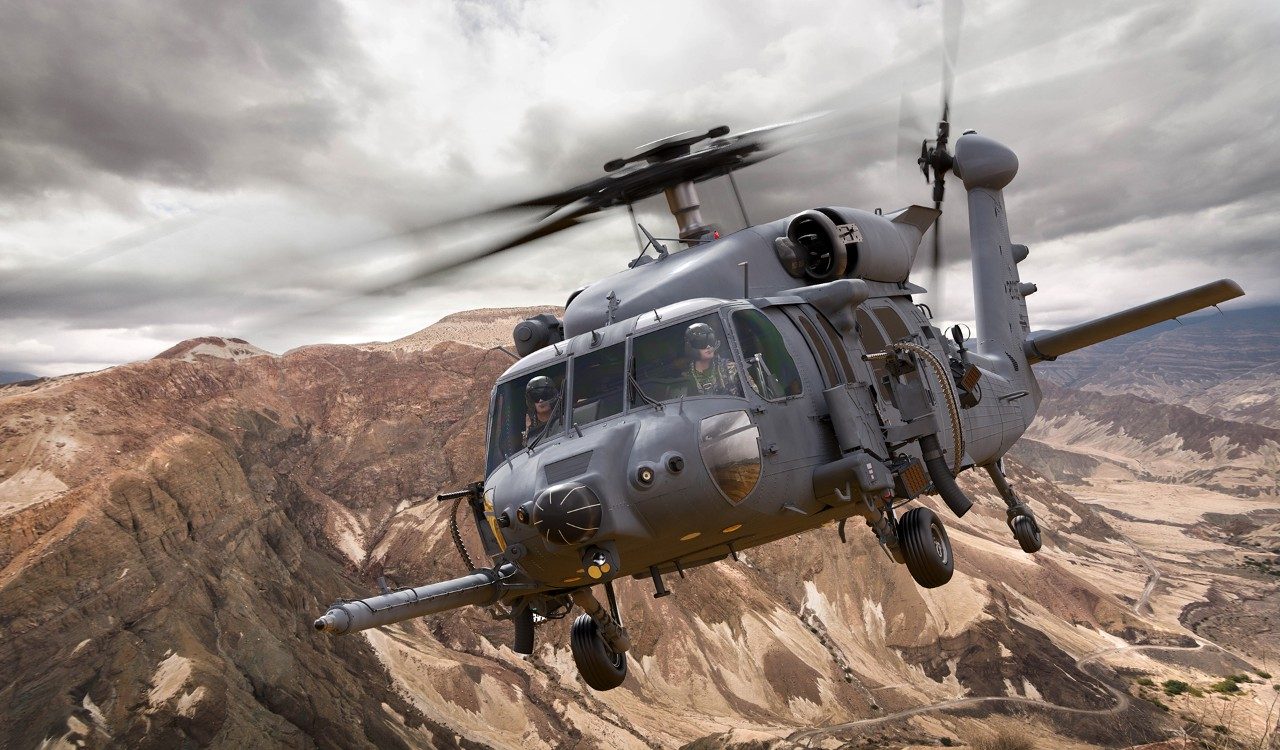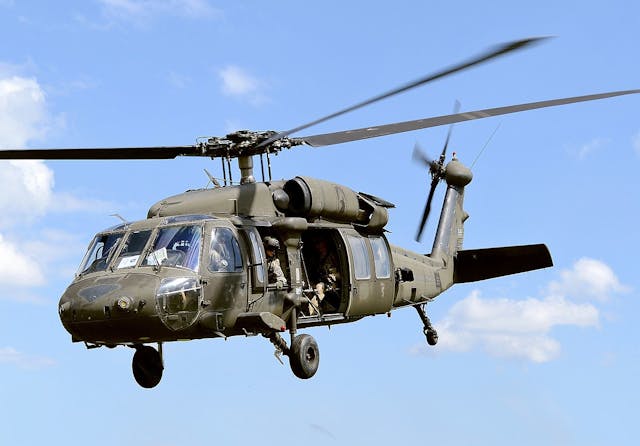UH 60 Helicopter: Advanced Avionics and Fight Equipments
UH 60 Helicopter: Advanced Avionics and Fight Equipments
Blog Article
A Comprehensive Overview to the Maintenance and Care of Aircraft for Long Life
The longevity of an airplane hinges dramatically on its maintenance and care, necessitating a structured strategy to guarantee ideal performance and security. Recognizing the details of these practices can be intricate; as a result, it is vital to check out the important elements that add to effective airplane treatment and the effects of overlooking these duties.
Value of Routine Upkeep
Routine maintenance is vital for the safety, performance, and longevity of aircraft. An organized approach to maintenance guarantees that all parts operate optimally, thus reducing the threat of mechanical failing throughout procedure. Regular evaluations and maintenance allow specialists to determine potential issues before they escalate into substantial problems, making certain that the aircraft remains in compliance with aviation regulations.
In addition, preserving an airplane according to the maker's standards is important for protecting its worth. A well-documented upkeep history can improve resale leads and infuse self-confidence in possible purchasers. In addition, routine upkeep adds to functional efficiency, as it helps to maximize gas usage and efficiency metrics, resulting in set you back financial savings with time.
Additionally, routine upkeep adds to the total safety of flight operations (uh 60). By resolving deterioration immediately, drivers can reduce dangers related to aging airplane systems. This aggressive approach not only protects the lives of guests and crew but likewise safeguards the airplane itself versus disastrous failings

Daily Inspection List
Exactly how can pilots and maintenance crews guarantee the airplane is in optimal problem prior to each flight? The answer hinges on a detailed daily examination list, which works as a vital protocol to recognize potential concerns that can endanger security and efficiency. This list ought to incorporate several essential locations, consisting of outside and indoor evaluations, as well as useful checks of crucial systems.
Starting with the exterior, teams should examine the airframe for any noticeable damage, leakages, or indications of rust. Attention should be paid to control surfaces, landing gear, and the condition of tires. Transferring to the inside, the staff should validate that all controls and instruments are functional, making sure that electronic systems are working correctly.

Along with architectural checks, it is necessary to inspect gas levels and validate that all required records, including registration and weight and equilibrium details, are up to day. Finally, an evaluation of emergency equipment, including life vests and fire extinguishers, have to be conducted to make certain compliance with safety policies. By carefully following this everyday assessment list, pilots and maintenance teams can considerably enhance the security and integrity of their airplane.
Set Up Maintenance Programs
Scheduled upkeep programs are vital for the long-term safety and performance of airplane procedures. These programs are made to ensure that all aircraft parts go through regular examinations, upkeep, and necessary repair services at fixed periods. By sticking to a structured upkeep timetable, operators can dramatically decrease the danger of in-flight failures, improve aircraft integrity, and extend the life expectancy of critical parts.
Generally, set up maintenance is categorized into different degrees, consisting of A, D, b, and c checks, each with distinctive requirements and thoroughness. A checks are typically more frequent and concentrate on fundamental visual inspections and minor repair work, while D checks are much more detailed and occur less often, including extensive disassembly and overhaul of the aircraft.
Regulative bodies, such as the FAA and go to this site EASA, required compliance with particular maintenance routines based upon aircraft kind and use. Operators should maintain careful documents of all maintenance carried out to demonstrate conformity and facilitate assessments. In addition, the integration of anticipating upkeep modern technologies can further enhance the efficiency of scheduled programs by determining prospective issues prior to they escalate, consequently making certain that airplane stay in ideal condition and prepared for safe operations.
Treatment for Airplane Interiors
Caring for airplane interiors is vital not only for passenger web link convenience however likewise for keeping the overall value and safety and security of the aircraft. Normal cleansing and upkeep of the indoor components contribute significantly to a positive flying experience while maintaining the aircraft's aesthetic allure.
To make certain optimal treatment, it is important to establish a regular cleaning schedule that includes vacuuming carpets, wiping down surface areas, and sterilizing high-touch areas. Furniture and seats ought to be checked for deterioration, with any damages quickly addressed to prevent additional wear and tear. Furthermore, focus needs to be offered to the galley and lavatory locations, which require detailed cleaning and restocking of materials to maintain hygiene.
Additionally, using proper cleaning representatives is vital; severe chemicals can harm products and surfaces, so it is suggested to utilize products particularly made for airplane interiors. Regular inspections should likewise be conducted to recognize any kind of maintenance requires, such as replacing worn-out seat covers or fixing home window shades. By prioritizing the care of airplane interiors, operators can boost the general guest experience and secure the financial investment in their airplane.
Recognizing Regulative Conformity
Governing compliance is a necessary facet of airplane maintenance, usually needing operators to follow a complicated structure Visit Website of neighborhood, nationwide, and worldwide requirements. This framework is mostly developed by air travel governing bodies such as the Federal Aeronautics Management (FAA) in the USA and the European Union Air Travel Safety Company (EASA) in Europe - uh 60. These companies state laws that control numerous elements of aircraft upkeep, including airworthiness, security procedures, and functional procedures

Additionally, operators have to remain educated concerning modifications in regulations and participate in training programs to guarantee that their staff is experienced concerning compliance demands. Failing to abide by these policies can result in serious charges, including fines, grounding of airplane, or loss of certification. Understanding and sticking to regulatory compliance is extremely important for the longevity and security of airplane operations.
Conclusion
In final thought, the maintenance and treatment of aircraft are vital for making sure longevity, safety, and functional efficiency. Attention to the airplane's inside and conformity with regulatory criteria dramatically add to protecting its value.
The longevity of an aircraft pivots significantly on its maintenance and treatment, demanding a structured strategy to guarantee ideal efficiency and security. By vigilantly following this daily assessment checklist, pilots and upkeep staffs can considerably enhance the security and reliability of their airplane.
These programs are developed to make certain that all aircraft elements undergo normal assessments, maintenance, and essential fixings at fixed periods. By focusing on the treatment of airplane interiors, operators can improve the total guest experience and safeguard the investment in their aircraft.
In verdict, the upkeep and treatment of aircraft are vital for guaranteeing longevity, safety and security, and functional effectiveness.
Report this page